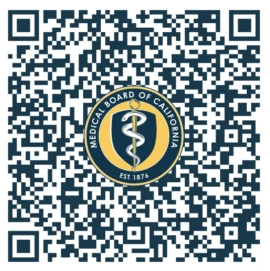When you’re going about your day and you get that all-too-familiar sensation of discomfort or pain in your abdomen, it can be incredibly disruptive. Almost everyone has experienced uncomfortable stomach aches or digestion problems at some point.
Abdominal pain is common and stems from a number of issues, but that doesn’t mean abdominal pain should stop you in your tracks on a regular basis.
At Digestive Disease Consultants of Orange County, our team of gastroenterologists can identify whether the cause of your abdominal pain is serious and develop a treatment plan that relieves your symptoms.
Discover 10 of the most common causes of abdominal pain, and when you should see a gastroenterologist for your symptoms.
Understanding abdominal pain
Abdominal pain is any form of discomfort you experience between your groin and chest. This can include pain, nausea, aching, or a burning sensation.
Often, abdominal pain goes away quickly and doesn’t require any medical treatment. However, if your pain is ongoing or severe, it not only can disrupt your life but also indicate a more serious underlying problem.
10 common causes of abdominal pain
Abdominal pain has any number of underlying causes. Here are 10 of the most common:
1. Constipation
Constipation occurs when you struggle to have a bowel movement. This can cause abdominal cramping, stomach aches, and bloating.
2. Food poisoning
If you eat food that contains bacteria or viruses that are harmful to your body, you might get food poisoning. Symptoms include stomach aches, nausea, cramps, diarrhea, vomiting, and muscle aches.
3. Irritable bowel syndrome (IBS)
IBS is a chronic condition that makes digestion more difficult. It causes stomach aches and cramps that usually get worse after you eat and improve after a bowel movement. IBS can also cause bloating, constipation, and diarrhea.
4. Food allergies
Food allergies or intolerances can cause stomach pain, bloating, and diarrhea within a few hours of eating the food. Symptoms stop once the food is out of your system.
5. Celiac disease
People with celiac disease are unable to process gluten. After eating gluten, you might experience stomach aches, indigestion, diarrhea, bloating, and constipation.
6. Acid reflux and gastroesophageal reflux disease (GERD)
Acid reflux and GERD occur when stomach acid moves into your esophagus after eating. Common symptoms include heartburn and chest pain.
7. Stomach ulcer
Stomach ulcers develop as sores on your abdominal lining when the lining is damaged. They can cause a burning sensation and pain, indigestion, heartburn, and nausea.
8. Ulcerative colitis
A chronic inflammatory bowel disease caused by inflammation in your colon, ulcerative colitis can make you experience abdominal and rectal pain, cramping, and bloating.
9. Fatty liver disease
Fatty liver disease occurs as a result of your liver storing additional fat. It can cause you to experience pain on the upper right side of your abdomen, as well as nausea.
10. Hepatitis B or C
Hepatitis B and hepatitis C are both viruses that can develop in your liver. They can cause abdominal pain, vomiting, and nausea.
When to seek medical care for abdominal pain
If your abdominal pain is severe or chronic, our gastroenterology team at Digestive Disease Consultants of Orange County can help. We use sophisticated diagnostic tools and a thorough evaluation to determine the cause of your pain.
Once there’s a diagnosis, we create a personalized treatment plan to manage your condition and pain levels. Our doctors make sure you understand the course of treatment and check in with you regularly to ensure your pain and other symptoms are under control.
No matter what’s causing your abdominal pain, our team can help you live without discomfort. To schedule an appointment at one of our locations, in Irvine, Huntington Beach, Tustin, and California, book online or call the location nearest you.



